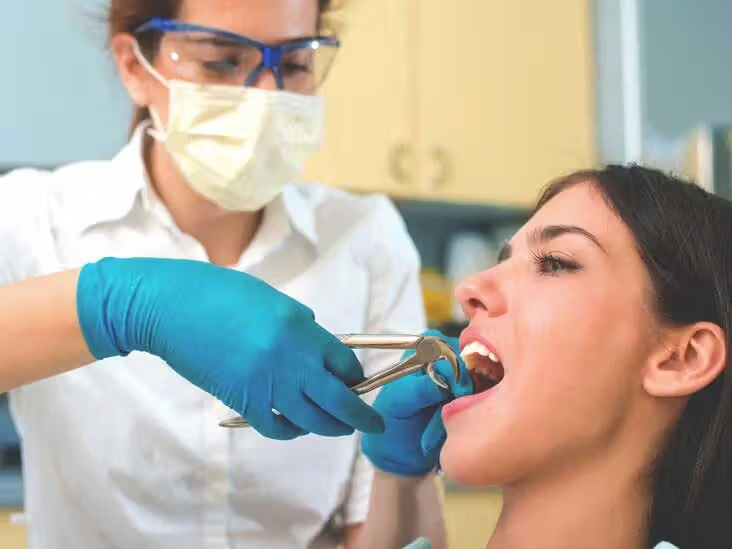Contraceptive Solutions for Menopausal Women: Recommendations for UK Practitioners

Menopause marks a significant transition in a woman’s life, characterized by the end of menstruation and a decline in reproductive hormones. However, it’s crucial to recognize that women approaching menopause, often termed perimenopausal women, can still conceive. Therefore, appropriate contraception is essential until menopause is confirmed. This guide provides UK health care professionals with comprehensive recommendations for contraceptive methods suitable for menopausal women.
Understanding Menopause and Contraceptive Needs
Menopause is defined as the cessation of menstruation for 12 consecutive months. The average age of menopause in the UK is 51, but perimenopause, the transition period, can begin several years earlier. During perimenopause, women may experience irregular periods and symptoms like hot flushes, night sweats, and mood changes, but ovulation can still occur unpredictably.
Contraceptive needs change as women approach menopause. Factors such as cardiovascular risk, smoking status, and personal and family medical history play critical roles in determining the safest and most effective method. Contraception should continue until a woman is confirmed menopausal, defined as 12 months of amenorrhea for women over 50, or 24 months for those under 50.
Recommended Contraceptive Methods
- Combined Hormonal Contraceptives (CHC)
Forms: Pills, patches, and vaginal rings.
Advantages: Regulates menstrual cycles, reduces perimenopausal symptoms, and decreases the risk of ovarian and endometrial cancer.
Considerations: Not recommended for women over 50 due to increased risk of cardiovascular events, especially in smokers or those with hypertension or a history of thromboembolism. Blood pressure should be monitored regularly.
- Progestogen-Only Pills (POP)
Forms: Oral pills.
Advantages: Suitable for women who cannot use estrogen-containing methods. Lower risk of cardiovascular events.
Considerations: Needs to be taken at the same time every day. Newer POPs, like desogestrel, have a 12-hour window which is more convenient.
- Intrauterine Devices (IUD) and Systems (IUS)
Forms: Copper IUD (non-hormonal) and levonorgestrel-releasing IUS (hormonal).
Advantages: Long-term protection (5-10 years for IUDs, up to 5 years for IUS). Hormonal IUS can reduce heavy menstrual bleeding, a common perimenopausal symptom.
Considerations: Insertion can cause discomfort. Regular check-ups are required to ensure correct positioning.
- Implants and Injections
Forms: Progestogen-only implant (lasts 3 years) and Depo-Provera injection (every 12 weeks).
Advantages: Highly effective, long-acting, and reversible.
Considerations: Irregular bleeding patterns are common. Weight gain and bone density reduction are potential side effects with long-term use of Depo-Provera.
- Barrier Methods
Forms: Condoms, diaphragms, and cervical caps.
Advantages: Non-hormonal and provide protection against sexually transmitted infections (STIs).
Considerations: Less effective compared to hormonal methods. Requires correct and consistent use.
- Sterilisation
Forms: Tubal ligation for women, vasectomy for male partners.
Advantages: Permanent solution for those who are certain they do not want future pregnancies.
Considerations: Surgical risks and the permanence of the procedure. Should be considered irreversible.
Special Considerations for Menopausal Women
Cardiovascular Health
Women over 40 should be assessed for cardiovascular risks before prescribing hormonal contraceptives.
Non-hormonal methods or progestogen-only options are safer for women with cardiovascular risks.
Bone Health
Long-term use of Depo-Provera may lead to reduced bone density, so consider bone health, especially in women with osteoporosis risk.
Cancer Risks
Personal and family history of breast cancer may influence the choice of contraceptives. Non-hormonal methods or progestogen-only methods are preferable in such cases.
Smoking
Smokers over 35 should avoid combined hormonal contraceptives due to increased cardiovascular risk.
Conclusion
Choosing the right contraceptive method for menopausal women requires a careful assessment of individual health factors and preferences. Health care professionals must provide personalized advice, ensuring that women are protected against unintended pregnancies while minimizing health risks. Regular reviews and updates to contraceptive choices are essential as women progress through perimenopause to post menopause.
By staying informed about the latest recommendations and considering each woman’s unique health profile, UK health care professionals can offer the best contraceptive care for menopausal women, ensuring their health and well-being during this transitional phase.
Further Reading
For more in-depth information on related topics, explore these articles on the Practitioner Development UK website:
Navigating Menopause: Exploring Herbal Supplements and Alternative Therapies: Delve into the benefits and considerations of herbal supplements and alternative therapies for managing menopause symptoms. Read more.
Pathophysiology of Menopause, Signs and Diagnosis: Gain a deeper understanding of the biological changes during menopause, its signs, and diagnostic approaches. Read more.
Understanding The Contraceptive Cap: The Advantages and Disadvantages: Learn about the contraceptive cap, its effectiveness, and its suitability for different women. Read more.
References
Faculty of Sexual & Reproductive Healthcare (FSRH), 2017. Contraception for Women Aged Over 40 Years. FSRH Guideline. Available at: https://www.fsrh.org/standards-and-guidance/documents/fsrh-guidance-contraception-for-women-aged-over-40-years-2017/ [Accessed 4 June 2024].
National Institute for Health and Care Excellence (NICE), 2015. Menopause: diagnosis and management. NICE Guideline NG23. Available at: https://www.nice.org.uk/guidance/ng23 [Accessed 4 June 2024].















